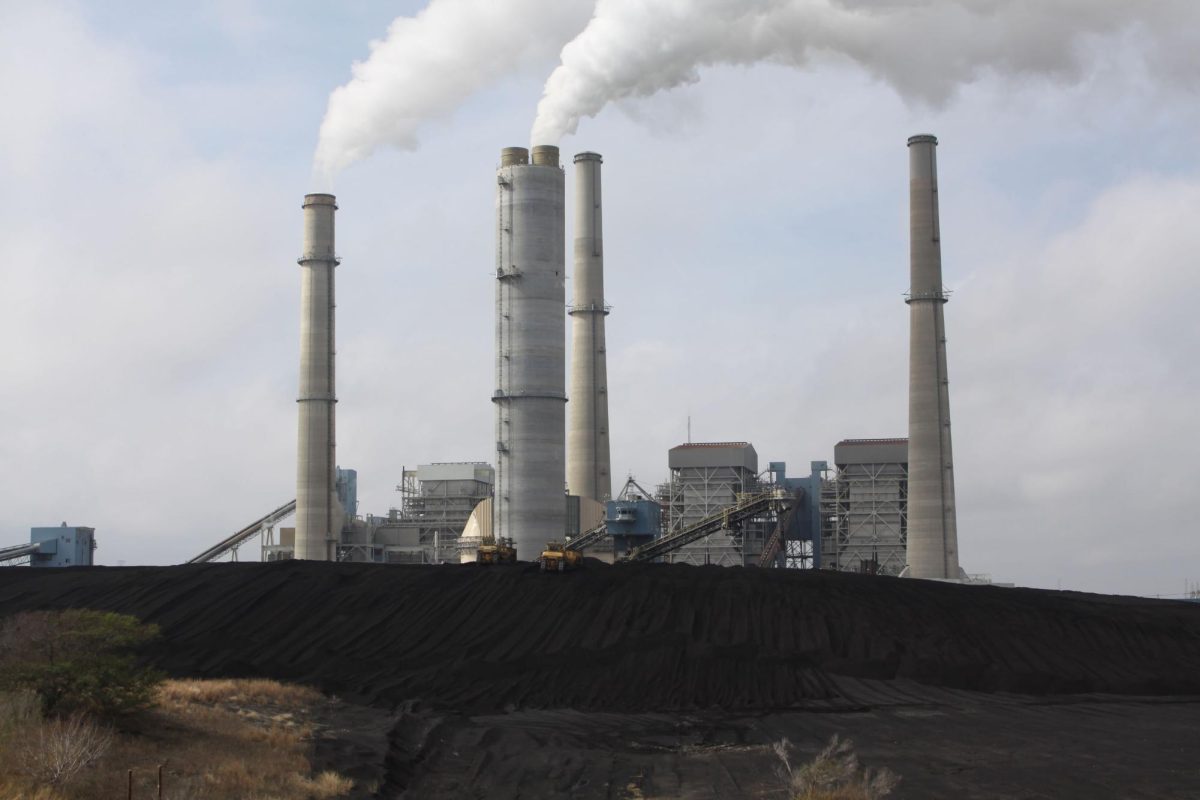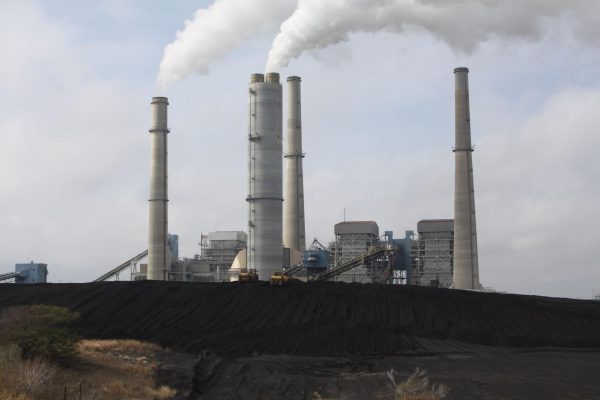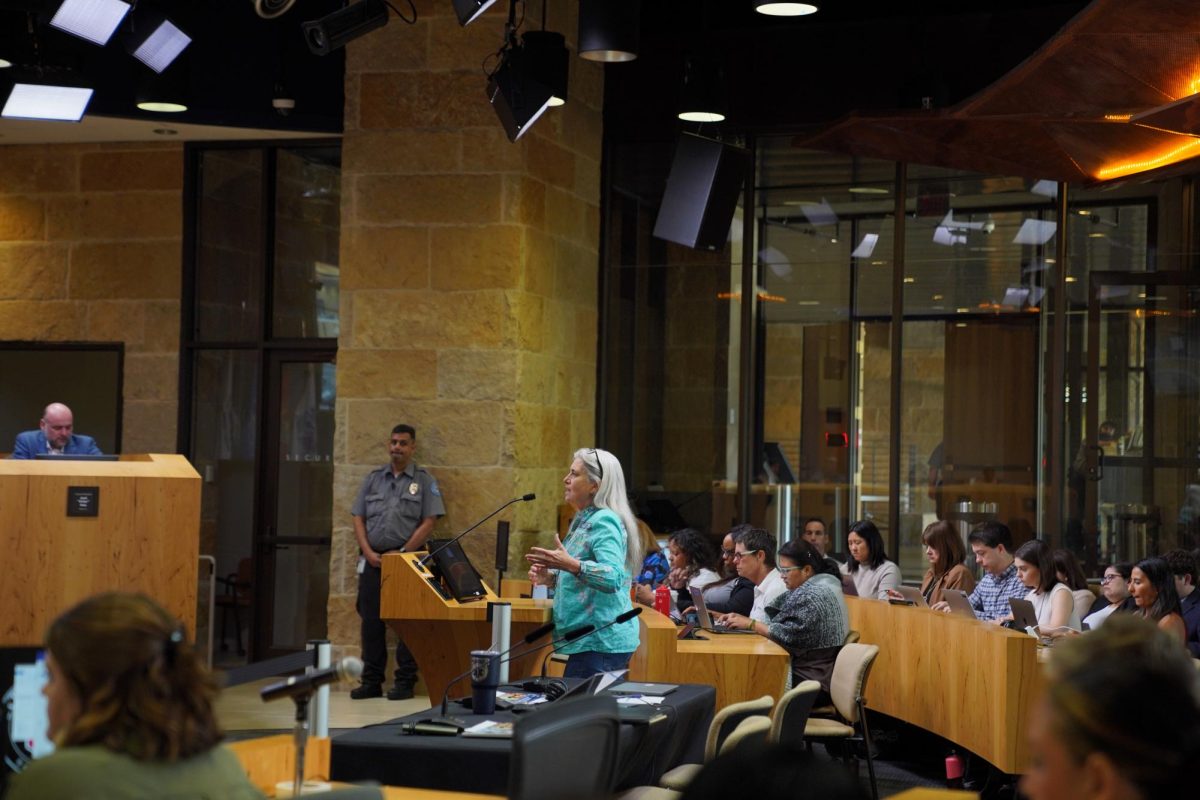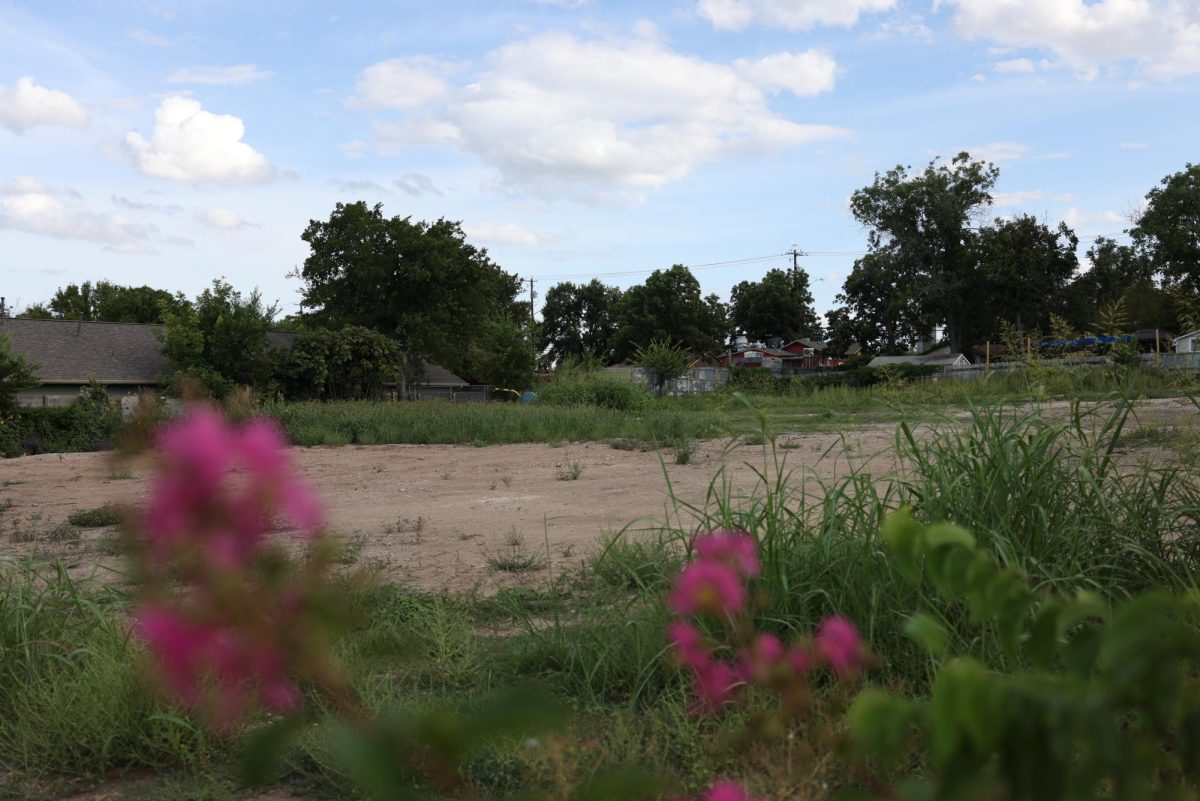Mayor Kirk Watson expressed concern in a Feb. 16 newsletter about Austin Energy’s climate protection plan and its proposals to wean the city off of generating electricity with fossil fuels by 2030.
Austin Energy is currently working on an update to its climate plan, officially called the Resource, Generation and Climate Protection Plan to 2030. Austin Energy received the first recommendations on its update to the plan on Feb. 12 from a working group established by the Electric Utility Commission, which oversees the public utility.
Austin Energy plans to continue discussions with the working group at the commission’s next meeting on March 18, according to a statement from an Austin Energy spokesperson. Watson said the plan will also go before the City Council in March for approval.
“It’s time to put the brakes on the 2030 Resource, Generation and Climate Protection Plan for Austin Energy and scrub all the options,” Watson said in a newsletter. “As part of this, there also needs to be a very real and robust focus on getting us out of the Fayette Power Plant.”
Austin Energy generates 77% of its electricity with carbon-free power according to its 2022 report, which an Austin Energy spokesperson said is “far exceeding state and national averages.” However, the Fayette Power Plant, located in LaGrange, Texas, is a coal-powered plant that generates 13% of the city’s electricity, the spokesperson said. Zach Baumer, the city’s interim chief sustainability officer, said electricity generation makes up one of the largest sources of the city’s greenhouse gas emissions.
Austin Energy jointly operates the Fayette Power Plant with the Lower Colorado River Authority, which provides electricity for many areas along the river. The original version of Austin Energy’s climate protection plan slated the utility to cease its operations at the Fayette Power Plant in 2022.
“Austin Energy cannot retire its portion unilaterally because the joint ownership arrangement with LCRA does not address one partner retiring just its share,” an Austin Energy spokesperson said. “Further, the Electric Reliability Council of Texas must approve the retirement of any generation resource as part of its assessment of whether a resource is necessary to support grid reliability.”
In his newsletter, the mayor urged the city to shut down its portion of the Fayette Power Plant by January 2029. Austin Energy maintains closing the coal-powered plant as a major goal within its climate protection plan and aims to do so “as soon as practicable,” according to a spokesperson.
“While we will prioritize the power of renewable resources, we recognize the need for transitional generation on the way to a carbon-free future,” the spokesperson said. “We look forward to continued discussions on how best to meet our community’s needs.”
Hydrogen power is one of the possible alternatives Austin Energy included in its climate plan. Dave Tuttle, the Electric Utility Commission chair and a research fellow at the University’s Energy Institute, said in an email that Texas has an abundance of resources to make hydrogen for electricity. He also said the University is conducting research into the gas’s applications for generating electricity.
The working group recommended Austin Energy look at cleaner options for hydrogen-based electricity, like fuel cells, rather than combusting hydrogen, which would contribute to greenhouse gas emissions.
“The working group defined (the renewable energy goals) as not just carbon-free, but emission-free,” said Kaiba White, the vice chair of the Electric Utility Commission, at the Feb. 12 meeting.
















